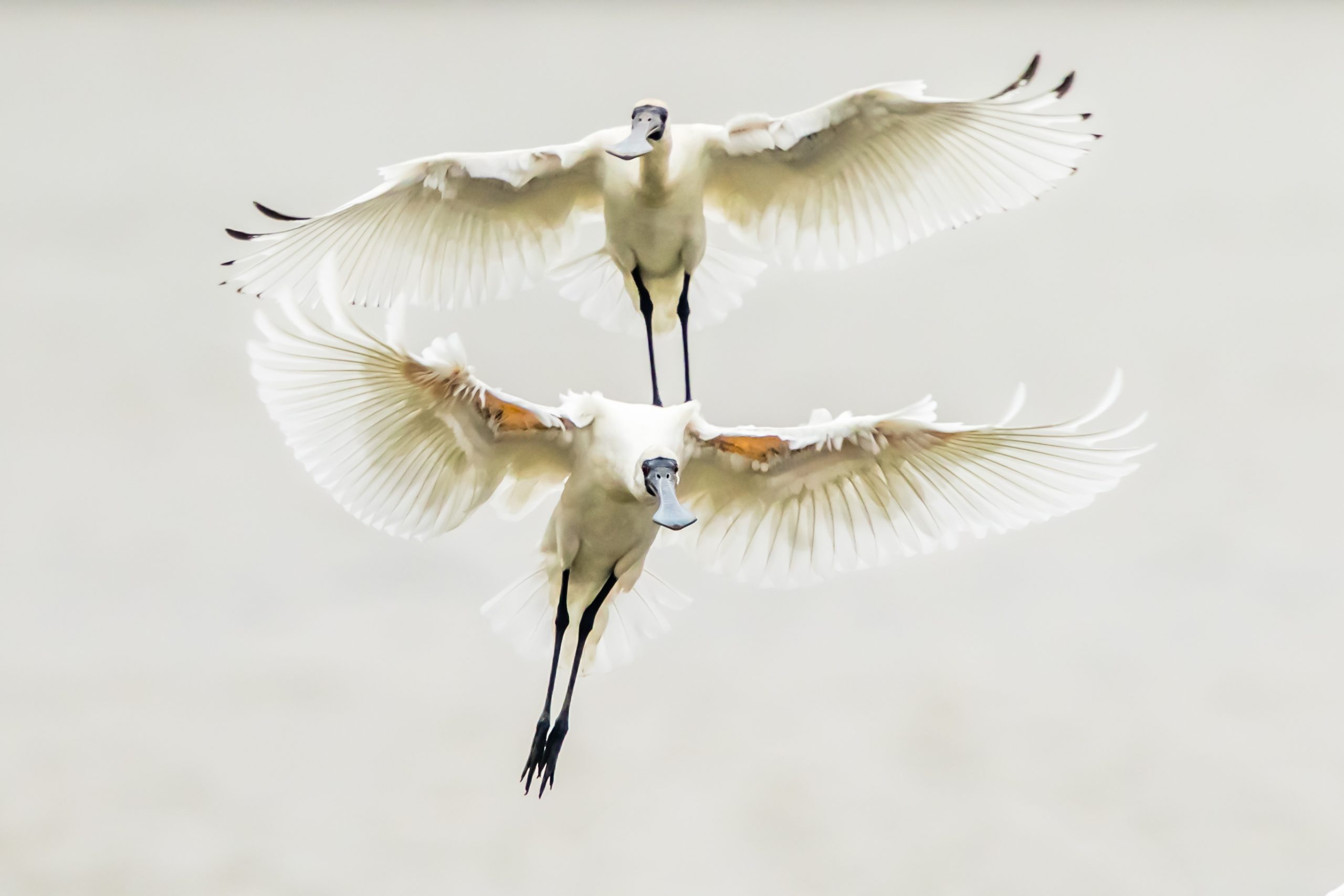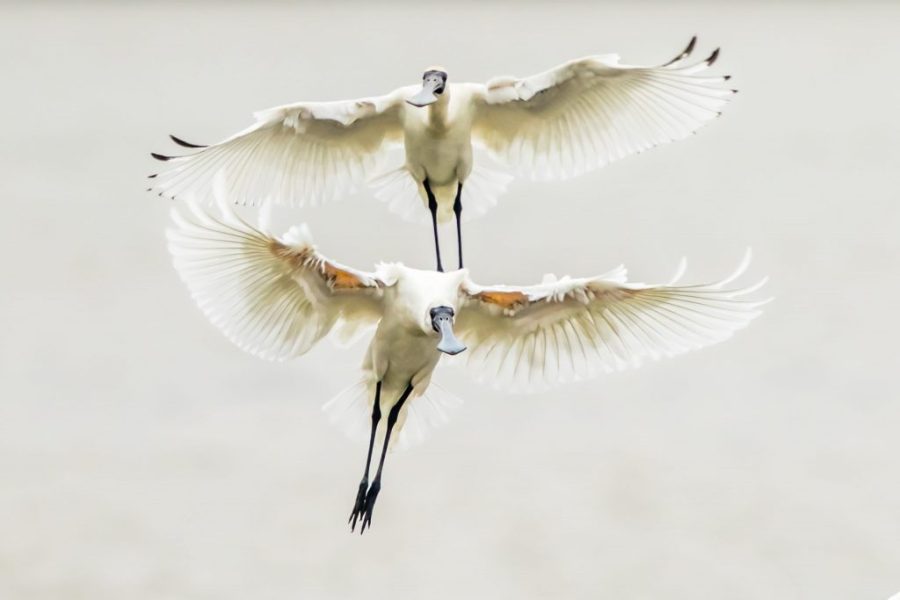Every year on 3 March, World Wildlife Day pays tribute to the inspiring wild flora and fauna that exist on our planet, while simultaneously raising awareness of the urgent need for better conservation practices. In celebration of World Wildlife Day 2022, we’re exploring Macao’s hilly countryside, mangrove swamps, and sandy shorelines to discover the city’s hidden biodiversity. From the recently discovered freshwater crab endemic to Macao, to the increasingly rare Chinese white dolphin, here are some of the most magnificent species of wildlife that you can find right in your backyard.
Coloane hill crab (澳門南海溪蟹)
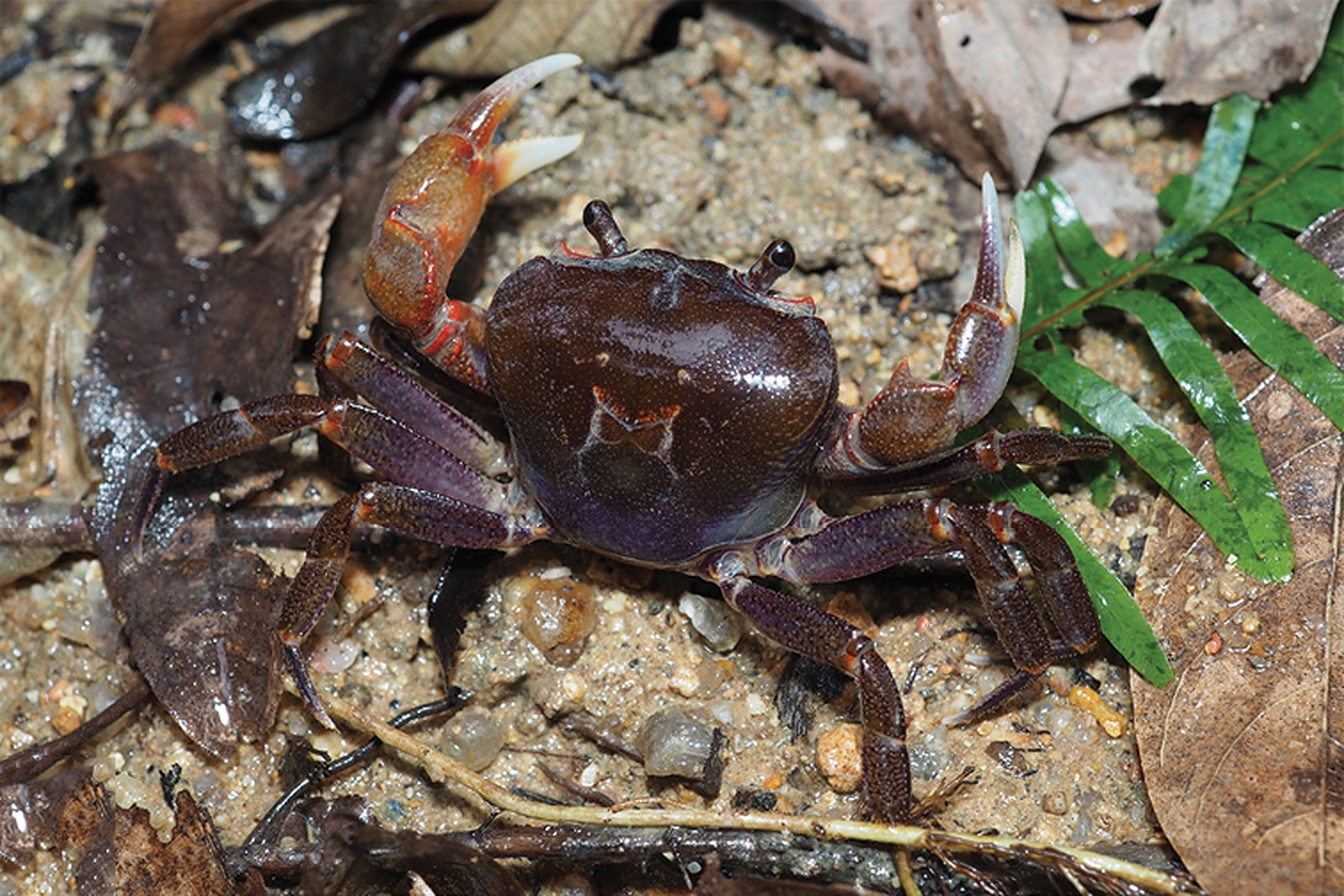
High up on the slopes of Coloane exists this rare freshwater crab, a species native to Macao. Officially known as Nanhaipotamon macau, the palm-sized crustacean was discovered by local wildlife researchers from the Municipal Affairs Bureau in 2018, who collected the species from the island’s clean, unpolluted streams where they live. The Coloane hill crab is closely related to other land crabs found in neighbouring regions, like Hong Kong and the Chinese province of Fujian, and is a nocturnal hunter, feasting on small shrimp, insects and smaller crabs under cover of darkness. There’s only an estimated 300 of these hillside dwellers, so if you do spot one, take extra care to stay out of its way and leave it undisturbed.
Black-faced spoonbill (黑臉琵鷺)
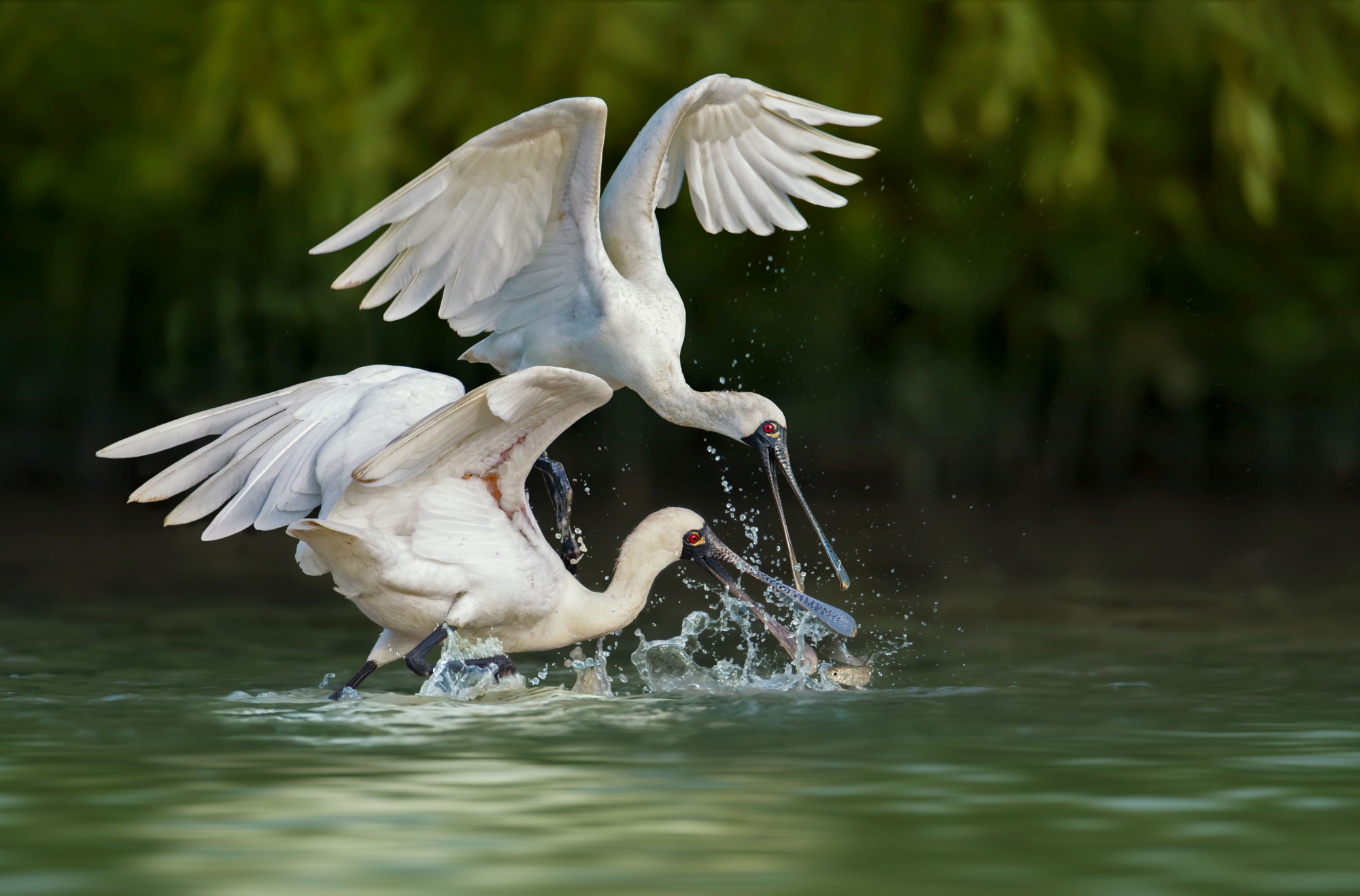
As the official mascot of the Macao Government Tourism Office, the black-faced spoonbill (Platalea minor) is a perennial symbol of the city, and a majestic sight to behold. This distinctive waterbird – named for its long, spoon-shaped beak – makes its way across the eastern Asian region around the end of October every year, migrating from its breeding areas on the Korean Peninsula and Chinese coast to wintering grounds in Macao, Japan, Hong Kong, Taiwan, and across southeast Asia. Interestingly, the biggest and most successful breeding grounds for the black-faced spoonbill are in the Demilitarised Zone (DMZ) between North and South Korea, due to the lack of human population. In Macao, they normally inhabit the Cotai Ecological Protection Zone, a protected wetland area, for six months before flying back north.
Unfortunately, the black-faced spoonbill is currently listed as an endangered species, according to the International Union for Conservation of Nature (IUCN). Conservation efforts are being made to revive the population, but a recent study still found that their number in Macao had declined from 53 in 2019 to 40 in 2020, something blamed on ongoing construction near the birds’ protection zone.
Blue-spotted mudskipper (大彈塗魚)
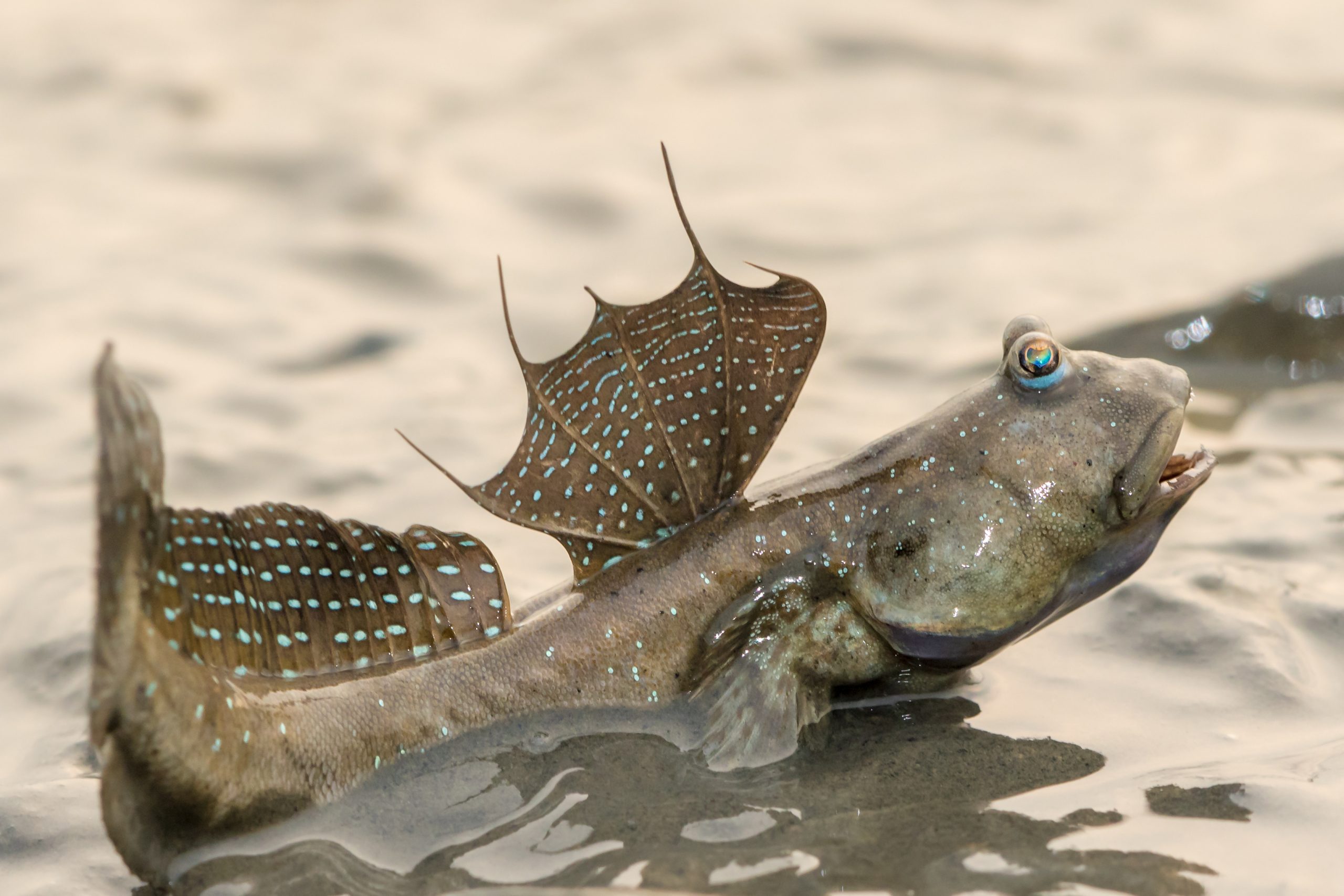
Abundant across Macao’s tidal mudflat and mangrove ecosystems, mudskippers are amphibious fish that can breathe air and survive on land, giving new meaning to the phrase “a fish out of water”! The blue-spotted mudskipper (Boleophthalmus pectinirostris) is the largest among the three mudskipper species found in Macao, reaching around 20 centimetres in length in adulthood. With large, bulging eyes and diagonal rows of blue spots along its flanks and cheeks, this conspicuous fish is also highly territorial. They’re often spotted sparring with rival males by raising their dorsal fins and widely gaping their mouths to one another.
Giant golden orb weaver (人面蜘蛛)
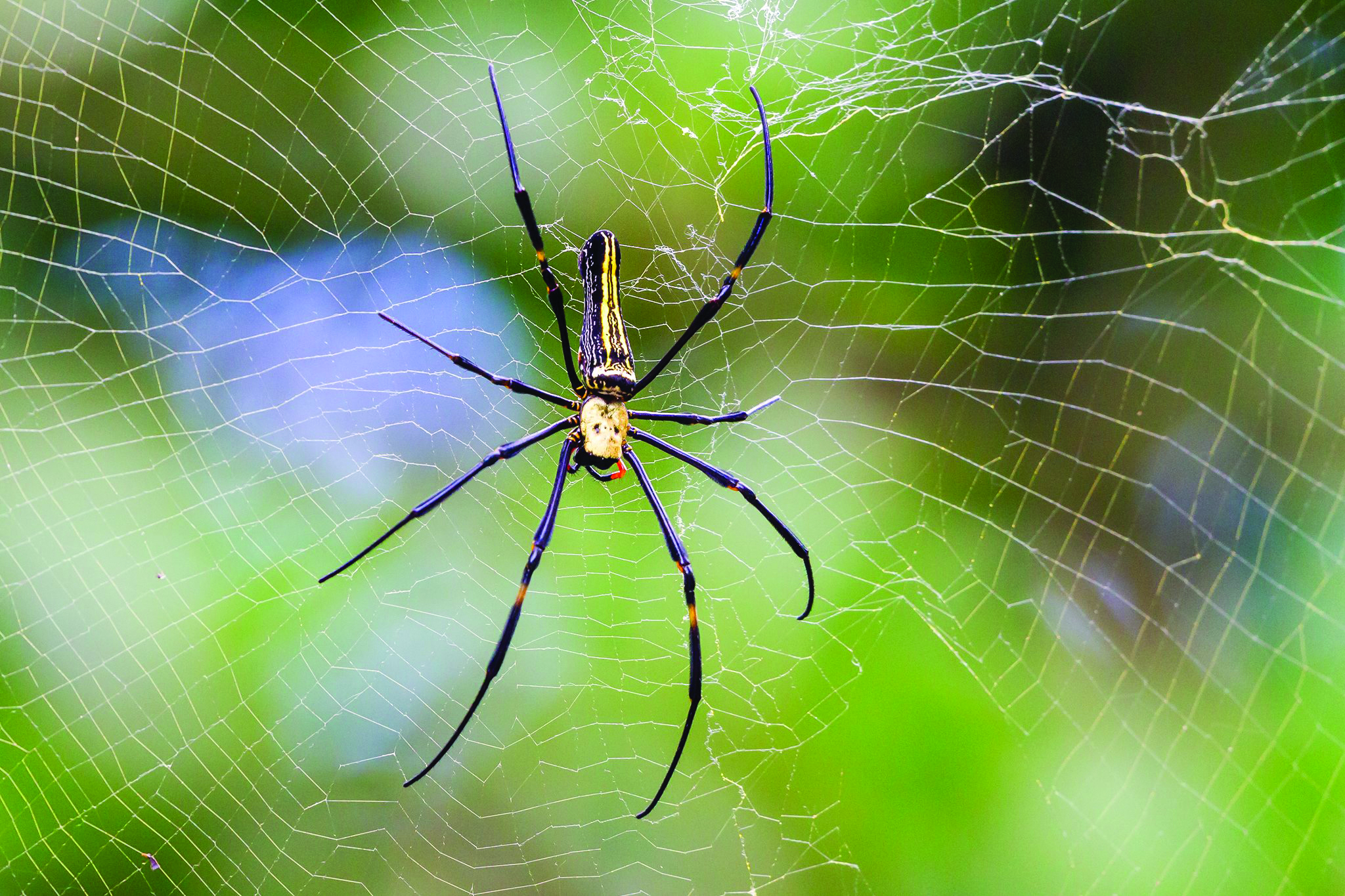
With their impressive leg span (around 15 cm) and metre-wide webs, giant golden orb weavers (Nephila pilipes) can be terrifying at first glance. Luckily, these spiders aren’t likely to bother you, preferring instead to stay motionless while they wait for small insects to fall into their trap. If you’re not easily spooked, look up the next time you hit Coloane’s hiking trails; you’ll spot some of these yellow-flecked beauties lying in wait above you. These ravenous arachnoids also eat their webs every day, so they can make use of the protein contained in the silk.
Grey heron (蒼鷺)
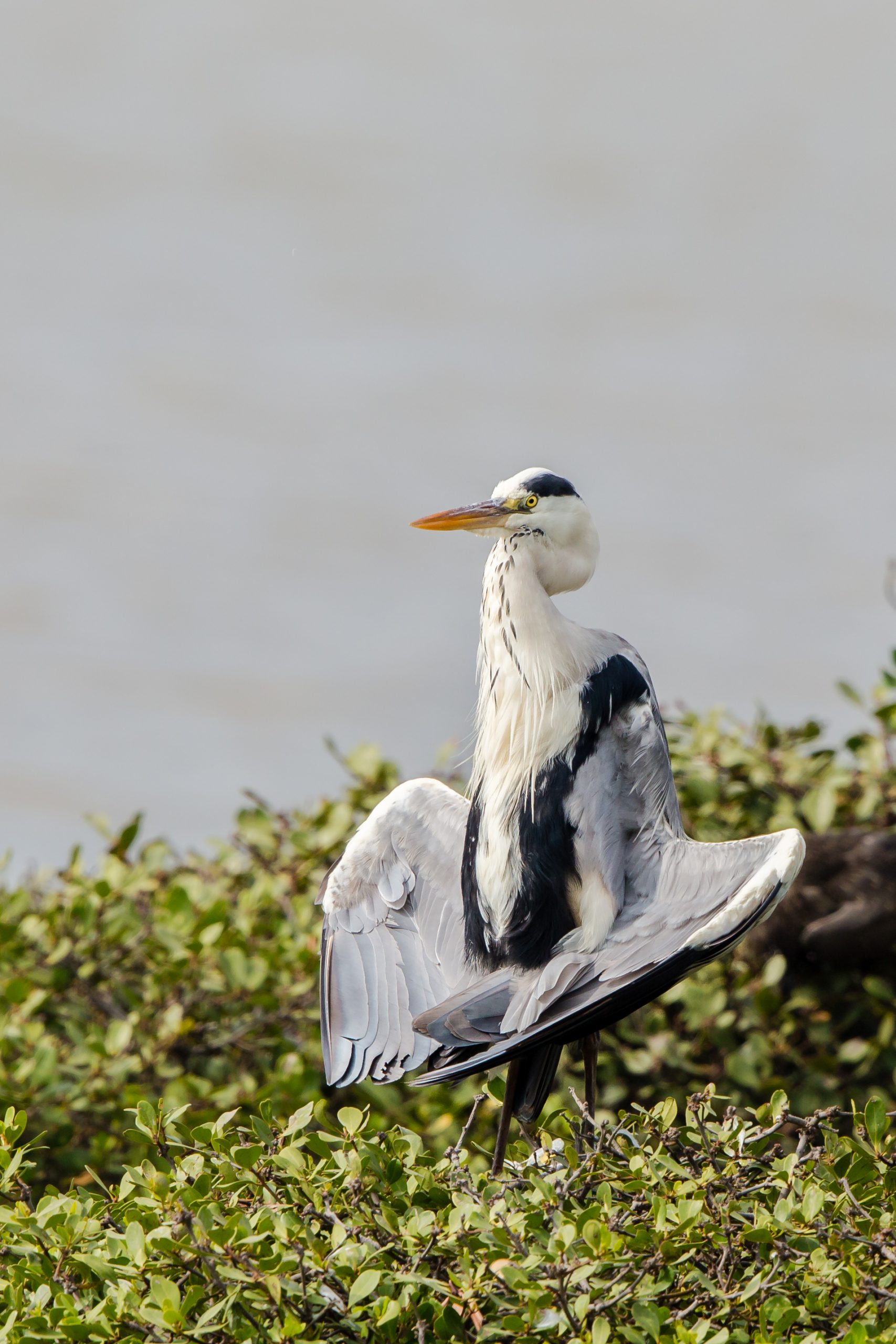
This magnificent migratory bird visits Macao during winter, when you can find them taking up residence in the city’s various wetlands, including riversides, mudflats and mangrove forests. Measuring around a metre in height, this statuesque wading bird is an incredible hunter, armed with a dagger-like bill that’s ideal for catching fish, frogs and large insects. Grey herons (Ardea cinerea) can live up to 20 years, and despite being shorebirds, are also known to forage away from water – they’ve even been spotted in desert areas on occasion!
Chinese white dolphins (中華白海豚)
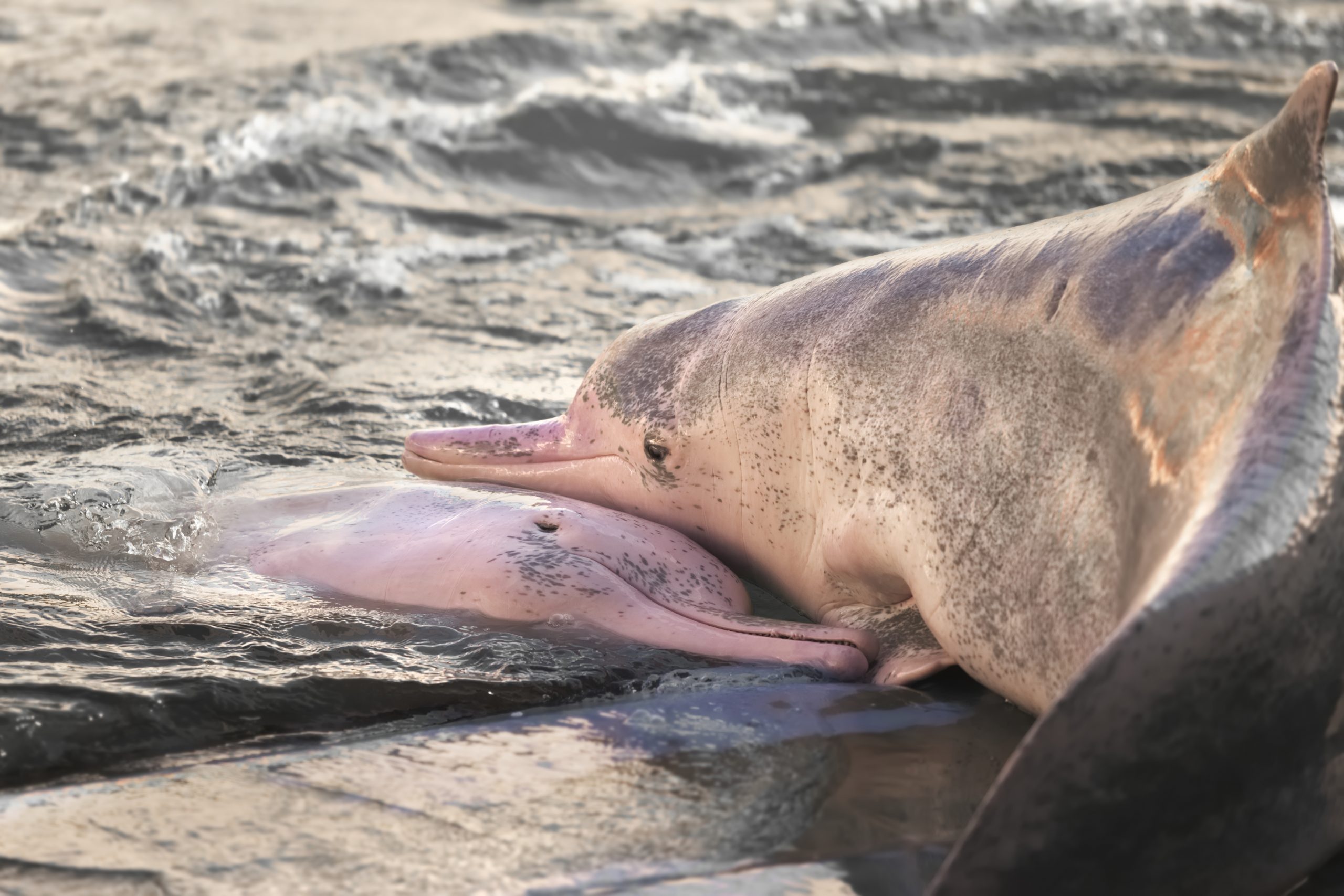
Also known as the Indo-Pacific humpback dolphin (Sousa chinensis), this sweet, sociable mammal is found in the coastal waters of eastern and southeastern Asia. Despite their name, Chinese white dolphins are actually grey when they’re younger, before their skin fades into a dappled whitish or pinkish hue as they mature. They’re seen occasionally off the Macao shoreline, where they swim and hunt in pods of at least four dolphins.
Sadly, this protected species is under enormous pressure; their numbers in the Pearl River Estuary have consistently declined over time thanks to factors like construction, reclamation works, and high-speed ferries in their natural habitat. It’s unclear how many Chinese white dolphins currently exist in Macao’s coastal waters, but a 2021 report estimated that there were only 37 Chinese white dolphins that still remained in Hong Kong’s waters. Across the entire Pearl River Estuary, wildlife experts estimate there are roughly 2,500 dolphins.
